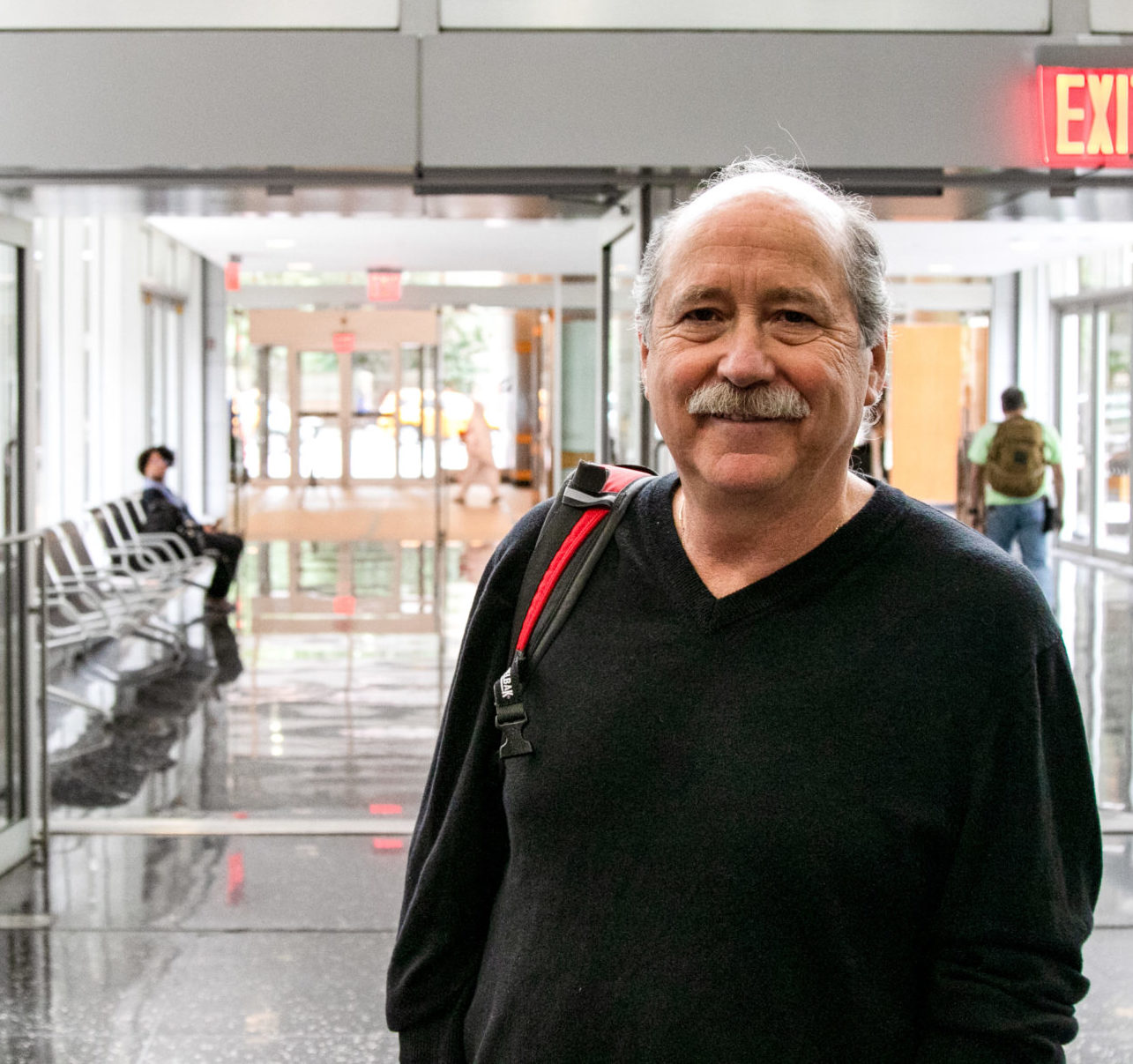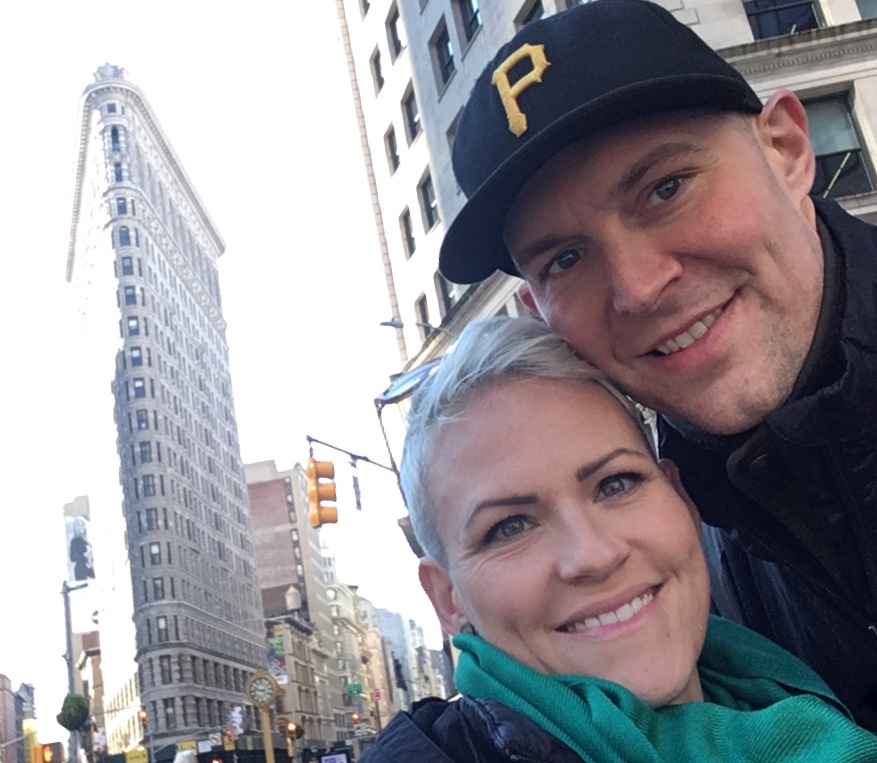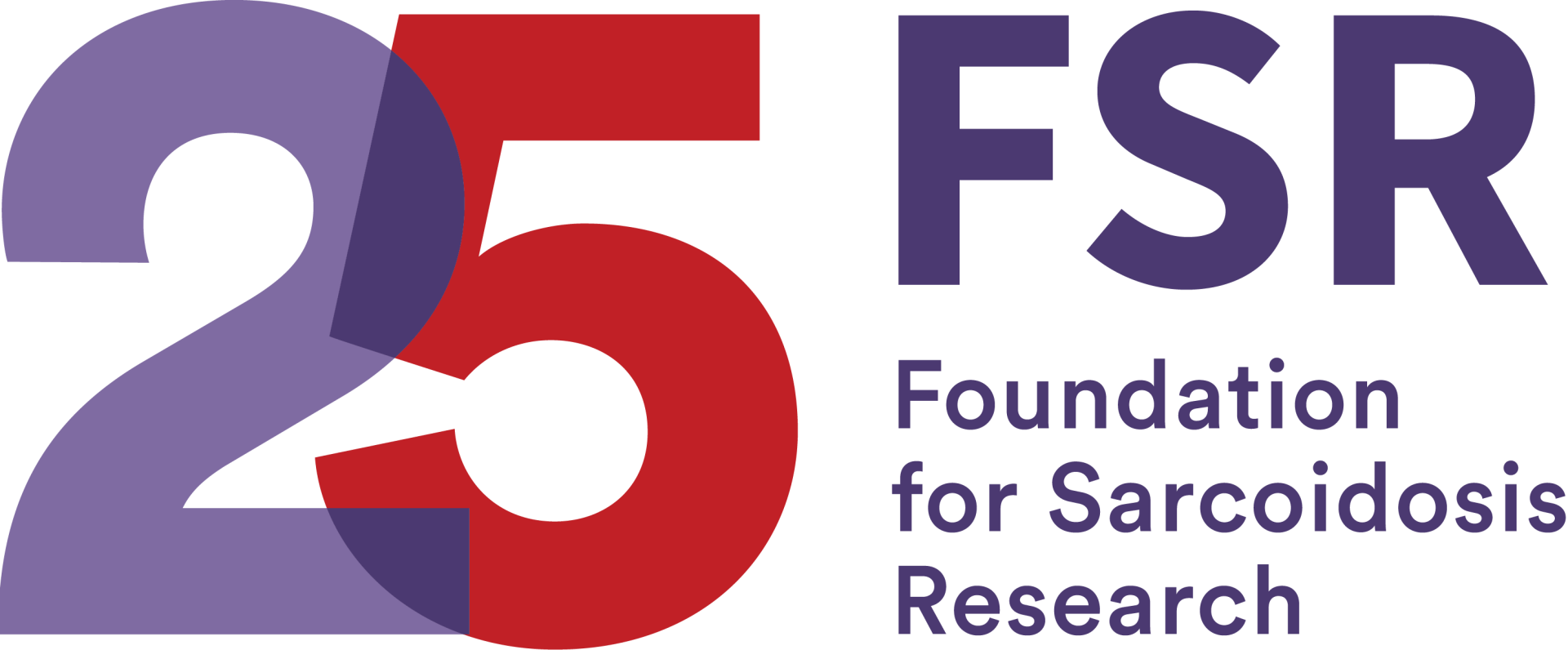
Bob’s Story
FSR Ambassador Bob Goodman was diagnosed with cardiac sarcoidosis around March 2012. Less than two months later in mid-May, the words “heart transplant” had been mentioned for the first time by his doctors.
While this may seem like a quick escalation, concerns about Bob’s heart health weren’t new; he had first had symptoms back in 2008. After experiencing bradycardia (an abnormally slow heart rate) with a heart rate of around 30 beats per minute, he had a pacemaker implanted. This kept him healthy for quite a few years, and the source of his heart rhythm problems was left undiagnosed.
Tyler’s Story
Tyler Beckwith was only 35 years old when a pre-op appointment for a hernia repair led to an EKG that revealed a heart block. He was otherwise healthy, having been a star athlete in high school and more recently having worked his way up to a blue belt in Brazilian Jiu Jitsu. He was working as a Manufacturing Engineer in Pennsylvania, and he and his wife Abbey had two young kids, Ari and Lex, who were 1 and 3 years old at the time.
After more testing and a misdiagnosis of a rare form of cardiomyopathy, Tyler was referred to Johns Hopkins where he was finally diagnosed with cardiac sarcoidosis.
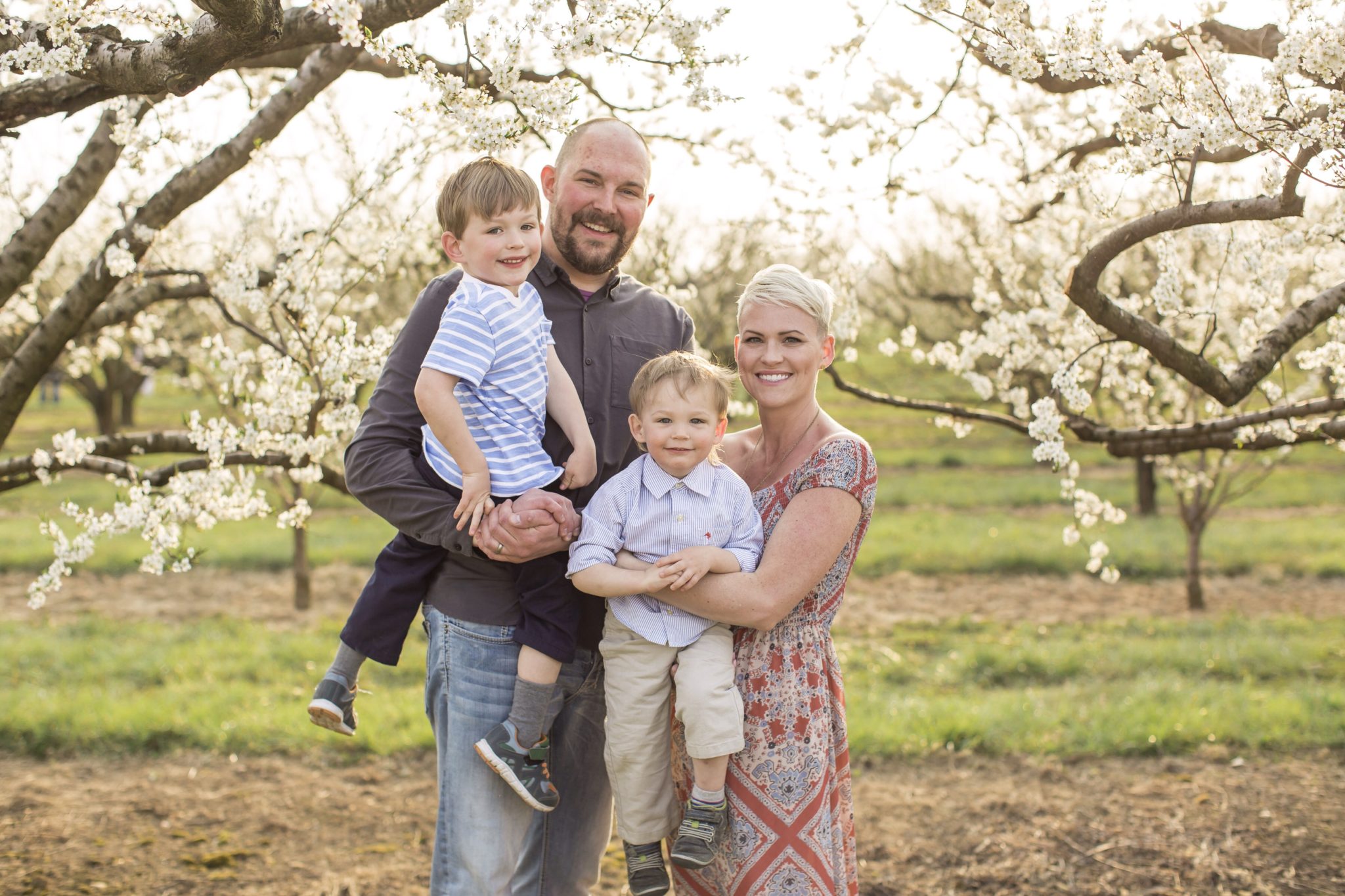
Recovering from a Heart Transplant
Both Bob and Tyler’s sarcoidosis was limited to their hearts. While they’ve been warned there’s a small chance their sarcoidosis could return to their new donor heart, doctors say it’s highly unlikely. However, Tyler and Bob both maintain a level of caution despite this reassurance, and both cite the numerous unknowns surrounding sarcoidosis and its cause as a main culprit for their skepticism.
However, the recurrence of their sarcoid is not the biggest concern they both had to face post-transplant. Like any organ transplant recipient, they had to make serious lifestyle changes. Both faced the side effects of their new medications and experienced temporary steroid-induced diabetes after their surgeries. The risk of rejection is also a constant concern when recovering from a transplant- Bob experienced rejection three weeks post-op. Intense doses of IV prednisone were able to save him and he hasn’t faced any further rejection complications since.
Both Bob and Tyler were active athletes before their transplants: Bob was an endurance athlete, including long-distance running, and Tyler played multiple sports and trained in martial arts. They both credit their past training and fitness with helping them in recovering from their transplants both physically and mentally.
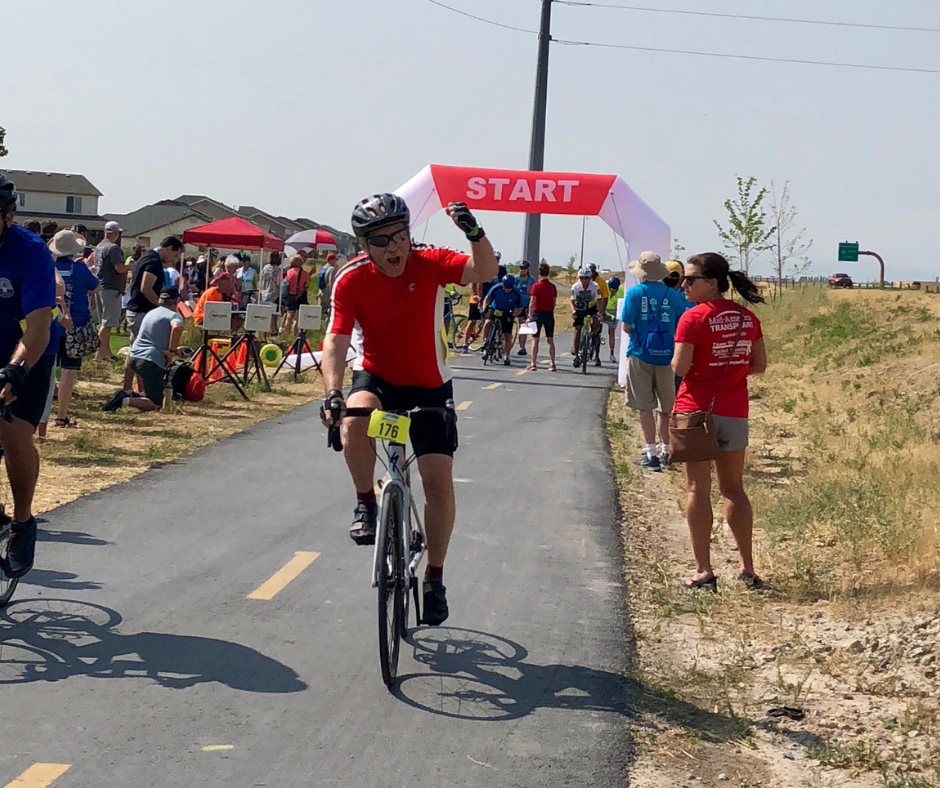
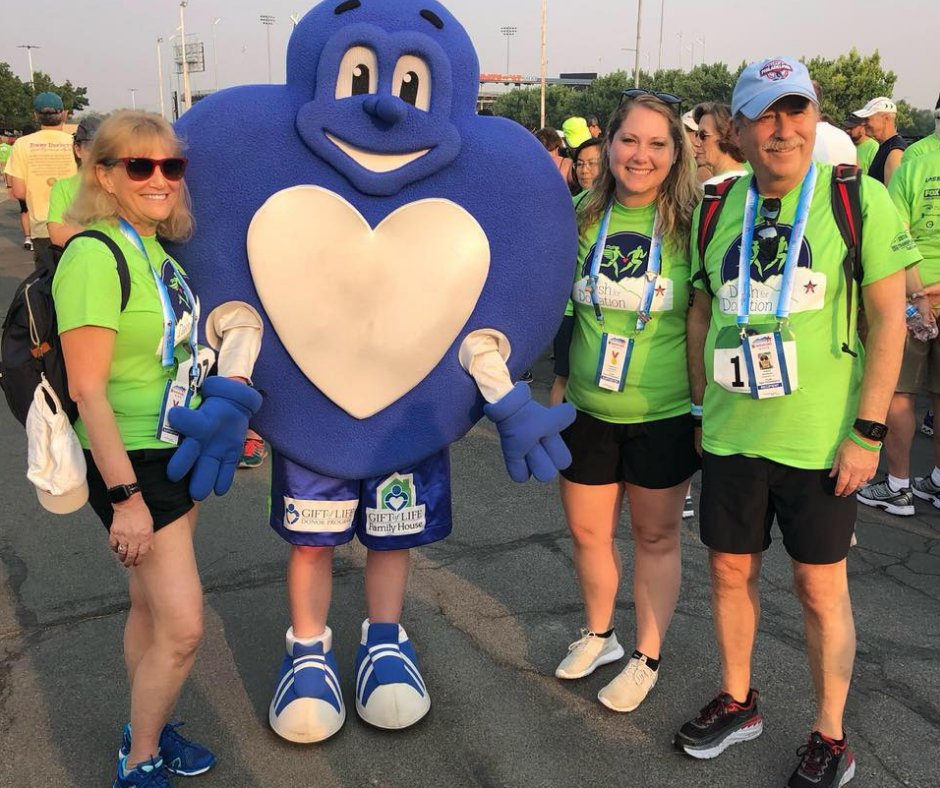
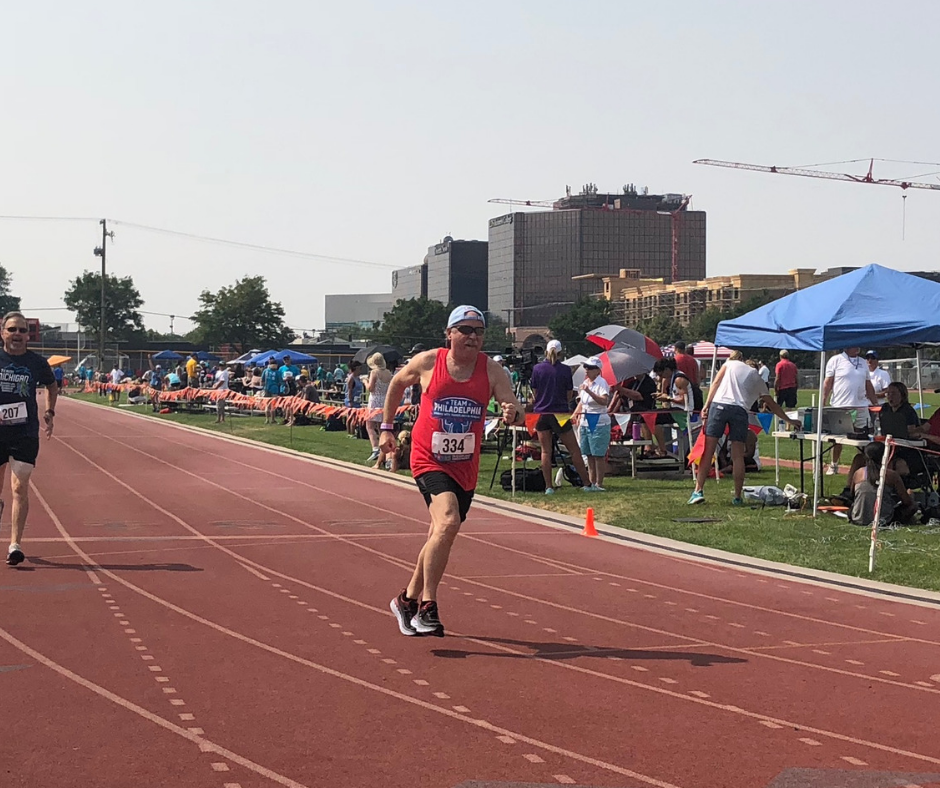
Bob competing at the Transplant Games with the support of his wife and daughter
Life Post-Transplant
Now, five years post-transplant, Bob doesn’t let his transplant dictate his life. He continues his adventurous lifestyle and enjoys spending time with his wife and daughter. Bob uses his background in hospital administration and finance- as well as his experiences as a patient- in his role as CEO of his healthcare consulting group. He also decided he wanted to give back and help individuals who were facing the same challenges he did- that is how he became an FSR Patient Ambassador.
